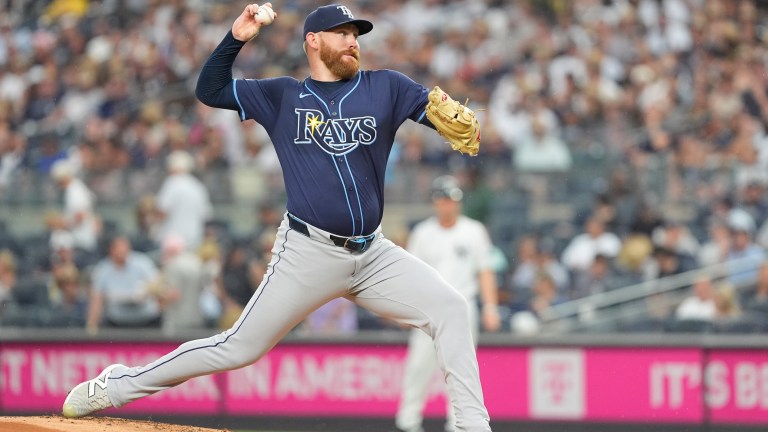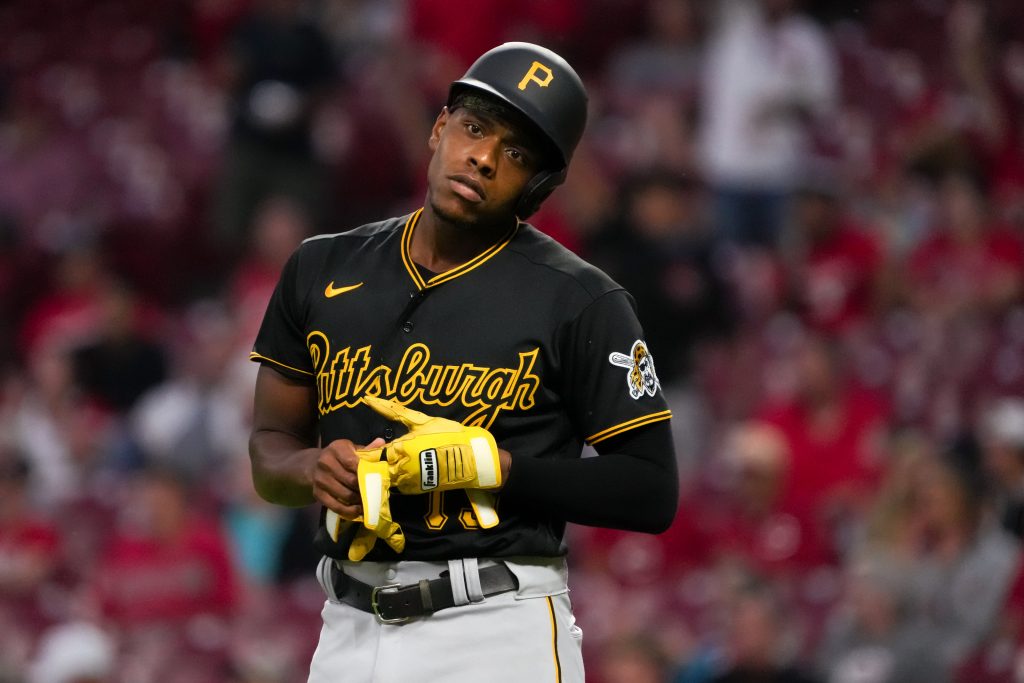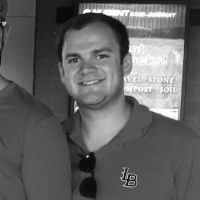The Cincinnati Reds Didn’t Do Enough to Keep Pace with the San Diego Padres
The Cincinnati Reds bought at the deadline, but were far too conservative to truly push the San Diego Padres in the NL Wild Card race.

As the trade deadline came to a close on Thursday evening, Reds fans were left asking a familiar question. That’s it? A question that has become a late July tradition in Cincinnati, as the front office once again failed to make an obvious impact move.
Even worse, the team just ahead of the Reds in the Wild Card standings, the San Diego Padres, made a slew of trades to beef up their roster ahead of the stretch run. San Diego added Will Wagner, Ryan O’Hearn, Ramon Laureano, Freddy Fermin, JP Sears, and Mason Miller. Not only are those good players, but they will be replacing below-average players. Oh yeah, Dylan Cease stays.
We all know the Padres GM, A.J. Preller, is not afraid to make any move. San Diego did not want to roll the dice and decided to push all their chips in to flip this roster in a significant way while also building one of, if not the, best bullpen in baseball.
No one was nearly as aggressive or bold as the Padres, for better or for worse. The Reds did make a few moves, including a couple that I actually like. The team is better today than they were on Monday, but by how much?
Offense is Still a Problem

You could pick from a number of holes the Reds could have addressed in the lineup. You could pick third, first, or outfield as a position where the Reds could insert an impact bat to truly make a difference. However, the impact bat is not coming to Cincinnati.
Adding Ke’Bryan Hayes is a major upgrade defensively, and we should not underrate what that means for this team. Third base defense has been poor since Noevli Marte came back, and Santiago Espinal is not in the same universe as Hayes with the glove.
Offensively, the Reds are taking a huge risk. Hayes has been one of the worst qualified hitters in the past two seasons and does not have much pop. I’m sure the Reds have some changes in mind, but how quickly can they implement those changes and how much of a difference does it make?
Hayes, as a glove-first nine-hole hitter, is fine, but another impact bat would be needed, which they didn’t get.
The last move the Reds made was bringing in Miguel Andujar from the A’s. A poor defender who has little power and a contact oriented profile. Andujar will help the Reds against left-handed pitching and although is not the type of profile I’d choose, he fits what the Reds are shifting towards.
Andujar has an elite 91% zone contact rate, well above the 82% league average. He’s not going to strike out and will put the ball in play. The Reds have been leaning into this strategy more and more. Again, not my preference, but a fit for this approach at least.
First base is still going to see a below average bat. Second and outfield as well. Matt McLain has been better recently, while Gavin Lux has struggled. The outfield has been a collection of mediocre bats and Andujar, although an upgrade from Connor Joe, doesn’t move the needle.
If the Reds’ “big addition” is calling up top-five prospect Sal Stewart, then we once again know how unserious they are. As much as I love Stewart and his potential, placing that much pressure and hope into a 21-year-old is not a high percentage play.
Pitching Improved, But Where’s the Lefty?
Personally, I thought the Zack Littell move was a smart one. He fits into the command over stuff bucket, doesn’t walk anyone, and has pitched to a 3.58 ERA and 4.88 FIP across 22 starts. His 14.9% HR/FB ratio is a problem, especially at Great American Ballpark. Of course, not walking anyone makes the home run issue slightly less concerning.
Littell gives the Reds a back-end starter who also has experience working out of the bullpen. With Nick Lodolo, Andrew Abbott, and Chase Burns all creeping towards career highs for innings pitched, Littell’s addition takes some stress off the rotation.
Also, Nick Martinez can return to more of a swiss arm knife. Spot starts, bulk innings, and important early spots, Martinez can be your guy. Getting the boost to the bullpen in this way, while also allowing for more innings to a proven starter, is a good move even if the ceiling is limited.
As part of the Ke’Bryan Hayes move, the Reds shipped out veteran lefty Taylor Rogers leaving Sam Moll and Brent Suter as the remaining bullpen lefties. I thought adding another lefty, preferably one who is dominate against lefties, would be a need.
Instead, the Reds will continue to roll with some combination of Graham Ashcraft, Sam Moll, Luis Mey, Scott Barlow, and Lyon Richardson to pitch in the earlier bullpen innings. The minor league bullpen depth is pretty underwhelming, as well.
Lefty bullpen arms were moved; the Reds just didn’t decide to meet the price, although none went for a return that was outrageous. Bullpen was a clear need, and Terry Francona‘s actions told you that. He has leaned into Tony Santillan and Emilio Pagan at a rate that is not sustainable.
Final Thoughts
I won’t act like the Reds did nothing. We have seen much worse deadlines from them in the past. But, for a team getting this level of starting pitching, and having Elly De La Cruz as cheap as he’ll ever be, doing more just made sense.
The players played themselves into a position for the front office to give them the necessary upgrades, and instead are left with two players who have no power and a pitcher with a home run problem.
At the end of the day, the Reds continue to make low percentage moves. Hoping for the best, praying on bounce backs, and guessing too often.

